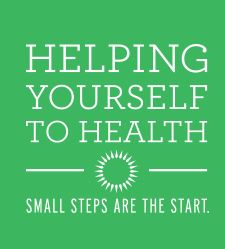The Science of Laughter
The Science of Laughter and Its Physical, Cognitive, and Emotional Power
By Janet M. Gibson, Professor of Cognitive Psychology, Grinnell College
Amusement and pleasant surprises – and the laughter they can trigger – add texture to the fabric of daily life.
Those giggles and guffaws can seem like just silly throwaways. But laughter, in response to funny events, actually takes a lot of work, because it activates many areas of the brain: areas that control motor, emotional, cognitive, and social processing.
Researchers now appreciate laughter’s power to enhance physical and mental well-being.
Physically -People begin laughing in infancy, when it helps develop muscles and upper body strength. Laughter is not just breathing. It relies on complex combinations of facial muscles, often involving movement of the eyes, head, and shoulders.
Cognitively- A good sense of humor and the laughter that follows depend on an ample measure of social intelligence and working memory resources.
Socially- Laughter creates bonds and increases intimacy with others. Linguist Don Nilsen points out that chuckles and belly laughs seldom happen when alone, supporting their strong social role.
Mentally- Laughter in response to amusement is a healthy coping mechanism. When you laugh, you take yourself or the situation less seriously and may feel empowered to problem-solve.
Researchers today certainly aren’t laughing off its value, but a good deal of the research on laughter’s influence on mental and physical health is based on self-report measures. More psychological experimentation around laughter or the contexts in which it occurs will likely support the importance of laughing throughout your day, and maybe even suggest more ways to intentionally harness its benefits.![]()
Click below to read more about the Physical, Cognitive, Social, and Mental benefits of laughter from the Blue Zones!
The Science of Laughter and Its Physical, Cognitive, and Emotional Power - Blue Zones

.png)


.png)

Comments
Post a Comment